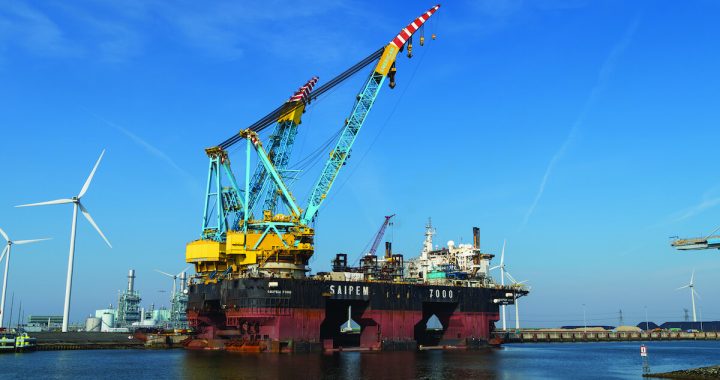Good Enough
A crane must be in good shape to hoist a load. However, challenges arise as crane materials, technology, and accessories advance. The owner is responsible for allowing its use. The reasons for approving a lift are discussed in this paper.
Featured Article by Dennis J. O’Rourke, CSP, Historiographer, OSHA Part 1919 Maritime Surveyor
PHOTO (above): The Saipem 7000, the world’s third largest semi-submersible crane vessel in the Eemshaven, The Netherlands.
The moment a device is placed in use, it starts to wear out. Since the Federal Safety regulations in 1971, an entire industry has developed around lifting equipment to ensure that the device is not too worn out to be safely worked. Persons of many different job descriptions have been given the authority to say—it’s good enough— for this lift, to use all day, okay this month, or till next year. This paper will examine the thinking behind and the decisions such as go ahead, use it! What exactly were those conclusions based on—sound judgment or a gut feeling?
Fundamental reasons influence one to agree or not to proceed with a lift. A list of these reasons varies with the work and an estimate of the consequence of a dropped load, i.e., a half-yard dirt bucket in the water versus a million-dollar generator 50 feet to a concrete floor, big difference in the loss. The question is, it is not new but is it still safe?
The article is available online in the Current Issue for a limited period of time.


